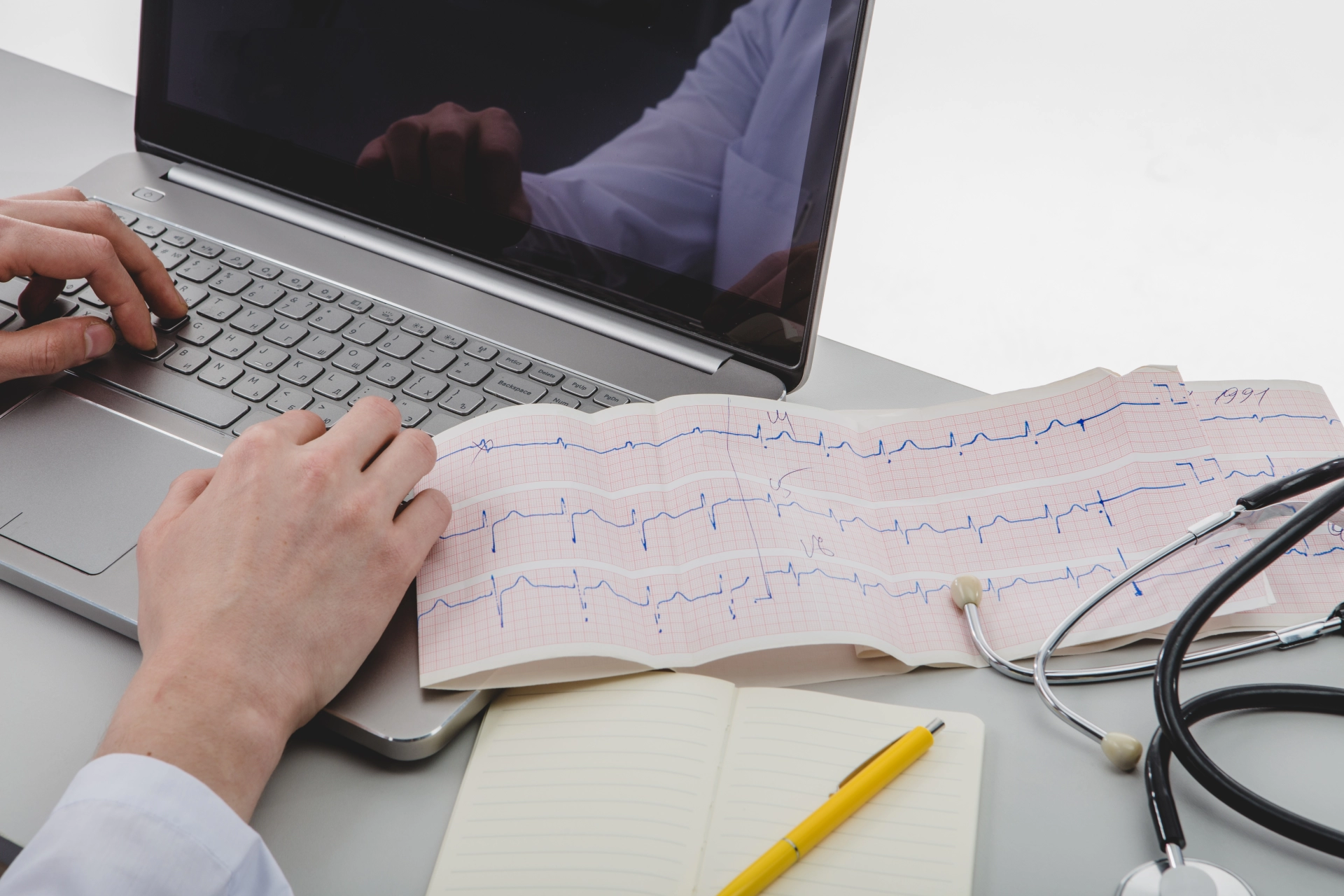Polisegmental osteochondrosis is a disease of the musculoskeletal system in which several or even all parts of the spine are affected. Because the painful sensations manifest differently in various parts, the disease is often confused with other ailments, so a thorough diagnosis is essential. This disease progresses much more difficultly than the usual form of osteochondrosis, as it causes rather mixed symptoms. Common symptoms include headache, dizziness, unprovoked nausea, and back pain that often radiates to the limbs.
The causes of polisegmental osteochondrosis include:
•
Spinal trauma
, which is usually associated with professional activity, an accident, or constant sports activities. Any damage to the musculoskeletal system does not pass without consequences, and the development of this disease is one of them.
•
Excessive body weight
, as extra pounds create an increased load on the vertebrae, which leads to their rapid wear and provokes degenerative changes.
•
Incorrect posture
. In young people, the disease is provoked by poor nutrition, being constantly in a bent position, scoliosis, or prolonged sitting at a computer desk.
•
Heredity
. If a similar disorder was observed in close relatives, there is a high probability of it being passed down.
•
Lack of physical activity
. The body must receive sufficient load every day for nutrients to enter the bones through diffusion from soft tissues. But if there is none, the metabolism is disturbed, which leads to the onset of degenerative processes in the bones.
•
Age-related changes
. This is one of the most common causes, as the natural aging process of the body gradually leads to various negative changes, including degenerative processes in the cartilage.
•
Poor nutrition
. The deficiency of minerals and vitamins in the body should also not be underestimated, as without them, all vital organs cannot develop normally.
The symptoms of the disease depend on its location. Polisegmental osteochondrosis of the cervical spine is characterized by the following signs:
• Acute pains that last long enough and are poorly eliminated by pain medications.
• Hearing loss and periodically appearing sharp pains.
• Sudden increase or decrease in blood pressure.
• Frequent dizziness.
• Impaired vision, the appearance of floating spots before the eyes.
• Difficulty swallowing or speech problems.
• The appearance of nausea, not related to a violation of the gastrointestinal tract.
Damage to the thoracic spine is less common, as this area is less mobile than others. The distinguishing features in this case are the absence of bright signs, especially at the beginning of the process. The only characteristic sign is intercostal neuralgia, which a doctor can detect during the initial examination. If left untreated, thoracic osteochondrosis will gradually make itself known with severe pain, cough with bronchospasms, and pressure in the heart area. These symptoms are often confused with pleurisy or pathologies of the heart muscle.
The degenerative process in the lumbar spine develops quickly and makes itself known even in the early stages. This is explained by the maximum load on this area, which includes the entire body weight and the heavy objects a person lifts every day. Symptoms include:
• Severe pain radiating to the lower limbs.
• Increased discomfort when trying to sit down or bend over.
• Lack of relief even in a relaxed position.
• Frequent bowel disorders or failures in the work of the pelvic organs.
• Increased weakness in the legs or loss of skin sensation.
• Difficulty in urination or defecation.
• Chronic aching pains or sharp pains in the lower back.
Upon the appearance of the first signs of pathology, it is necessary to make an appointment with a neuropathologist. The following methods are used to diagnose the disease: ultrasound, echography, MRI, X-ray, and Doppler of blood vessels. Treatment usually includes several directions at once, such as taking medications, strictly following a diet, physical therapy or visiting a manual therapist, acupuncture, therapeutic gymnastics, and unconventional medicine. The latter includes acupressure, hirudotherapy, manual therapy, and pharmacopuncture. PRP therapy is also used, which is the newest way to stimulate restorative processes. If the disease is not treated, it can lead to muscle dystrophy, acute circulatory failure, nerve entrapment, protrusions, and intervertebral hernias. Therefore, it is extremely important to be attentive to your health and see a doctor on time when the first symptoms appear.






